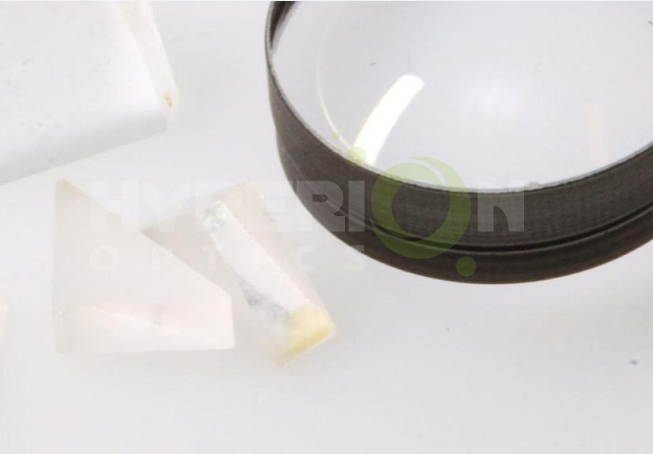At present, there are many manufacturers producing achromatic lenses in China. Although the products of each company are called achromatic lenses, the raw materials and technology are quite different, which results in the different transmittance of achromatic lenses in the market. So how much light transmittance can achromatic glue lens achieve?
In fact, achromatic lens refers to a kind of photoelectric glass which combines liquid crystal dimming film and glass clip glue and has the effect of "electrifying transparency, power off and grinding opacity".
When purchasing achromatic plywood lens, one of the most concerned parameters of customers is the transmittance. The higher the transmittance, the better the product. The transmittance of the achromatic lens is mainly affected by the following three aspects: glass original film, film clip and dimming film.
First of all, glass. Glass is mainly divided into white glass and super white glass. Plain white glass contains iron oxide, manganese oxide and other metal oxides. It looks green. Generally, its transmittance rate is 82%~84%. Ultra-white glass contains very low metal oxides. It looks translucent and elegant. Generally, its transmittance is 89%~91%. But at present, the transparency of ultra-white glass produced by the most advanced equipment is only 93%.
Then let's talk about film. There are two kinds of film for the clamping of achromatic glue lens: EVA and PVB. The transmittance of better transparent film can reach more than 90%. The transmittance of films with different qualities and colors is quite different, which is not to be discussed here.
The transmittance of dimming film is the most important factor affecting the transmittance of achromatic lens. There are domestic and imported dimming films. The transmittance of domestic films is generally between 73% and 83%. The transmittance of imported films is generally higher than that of domestic films. The transmittance can reach 85% or higher, but the price is also rising.

 Call us on:
Call us on:  Email us:
Email us:  R&D Center: Aoti Street #68 Building 4A 405 International R&D park, Nanjing
R&D Center: Aoti Street #68 Building 4A 405 International R&D park, Nanjing









 English
English  cn
cn  de
de  es
es  fr
fr 


